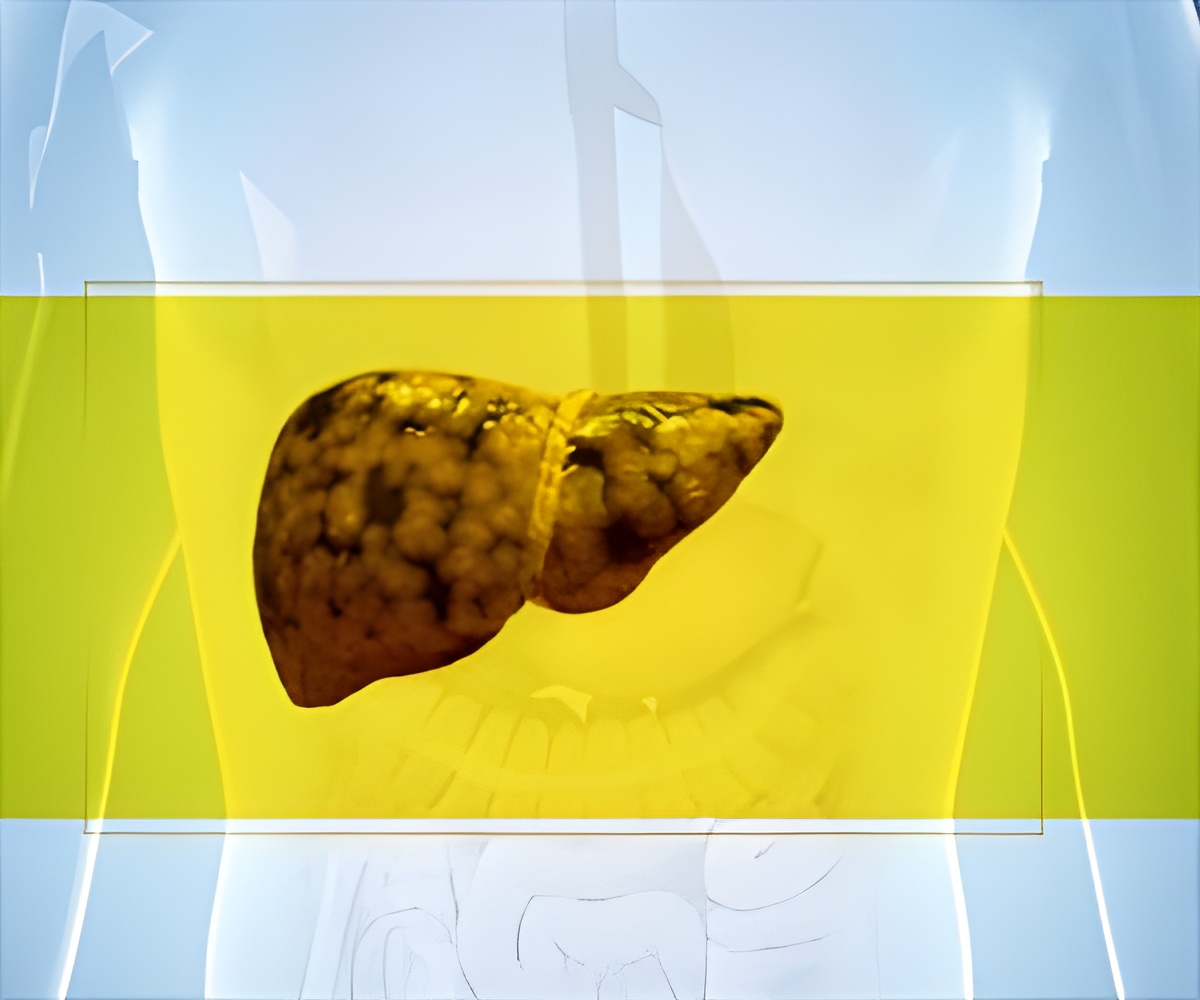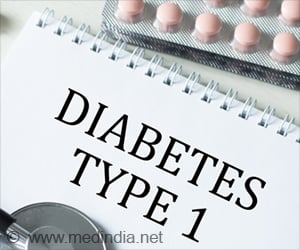A new study found that one in every six children with non-alcoholic fatty liver disease (NAFLD) had developed type 2 diabetes.

Fatty Liver in Children Makes Cells Unresponsive to Insulin
The rates of type 2 diabetes have doubled in children over the past 20 years. Children with NAFLD have features of insulin resistance, a key characteristic of type 2 diabetes and so may be at risk for developing the disease.TOP INSIGHT
Be aware of the risk and provide monitoring, anticipatory guidance, and lifestyle interventions that prevent the development of type 2 diabetes in children with fatty liver disease.
In a new study, published in Clinical Gastroenterology and Hepatology, a team of researchers provide hard numbers describing the connection between NAFLD and diabetes risk.
They found that among 892 children with NAFLD enrolled in the Nonalcoholic Steatohepatitis Clinical Research Network, type 2 diabetes was present in 6.6 percent of the children at initial assessment with the incidence rate increasing 3 percent annually over the next four years.
This is alarming because type 2 diabetes in youth is a much more aggressive disease than in adults, with more immediate and serious complications and outcomes.
They also identified specific factors that increase the risk of type 2 diabetes in children with NAFLD: sex (females were more likely to develop type 2 diabetes), the severity of obesity and the amount of fat and scar tissue in the liver. These findings have clinical implications for gastroenterologists caring for children with NAFLD.
Source-Medindia
 MEDINDIA
MEDINDIA




 Email
Email










